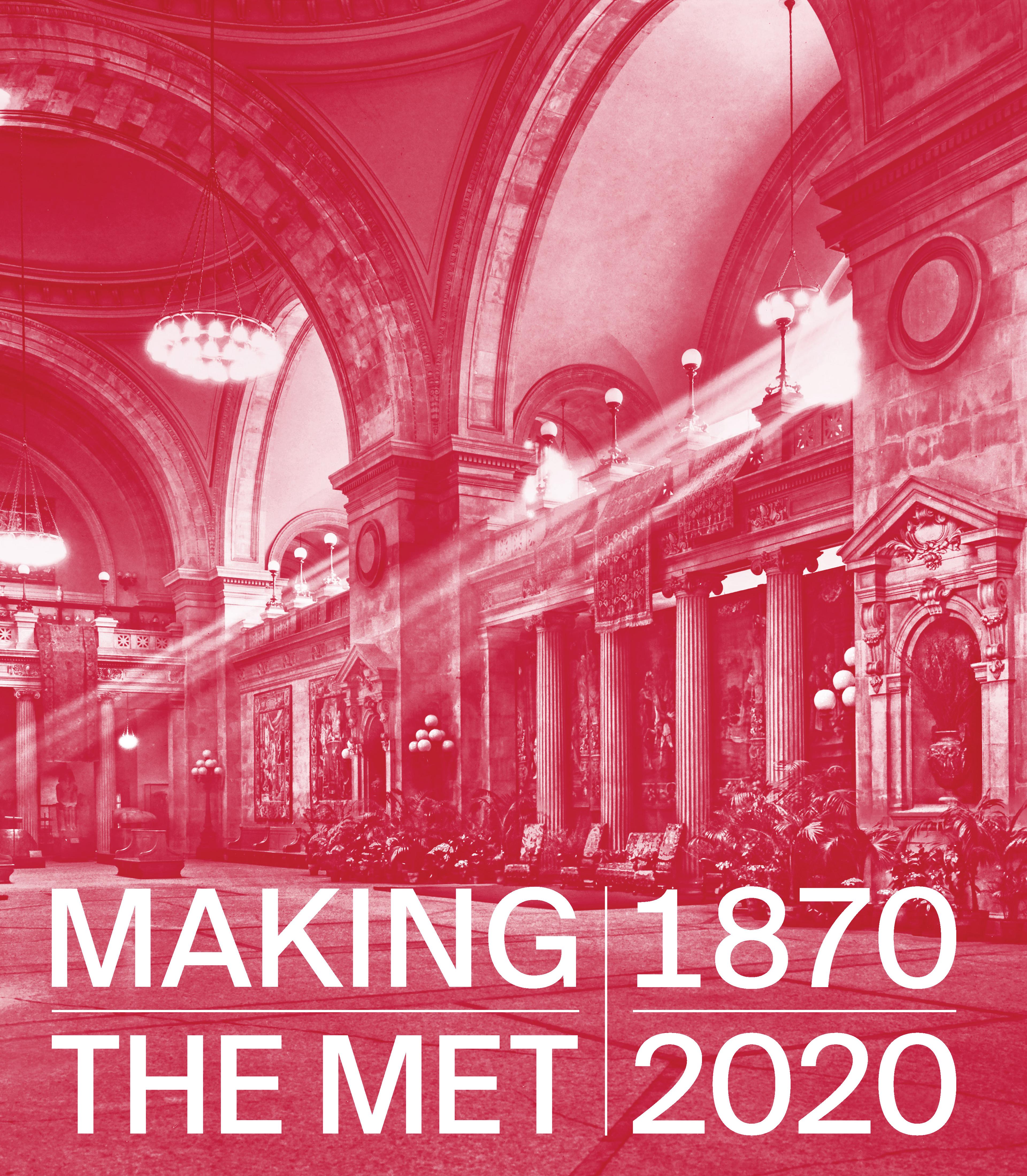Triptych with Scenes from the Passion of Christ
This triptych is remarkable for its completeness as well as for the high quality of its execution. At the center of the shrine is Crucifixion, with Christ before Annas on the bottom panel of the left wing, and the Bearing of the Cross above. On the right wing, the Agony in the Garden is at top, with the Entombment below. Above the center section are three medallions (the one on the left is a modern replacement) representing, from left to right: Saint Catherine, the Virgin and Child, and Saint George and the Dragon. The Annunciation appears on the large medallion below the Crucifixion. In addition to these carved appliqués and the silver figure of Christ at the top, the triptych is embellished with skillful engravings. Saints Andrew, Benedict, and Catherine appear on the base, while the Last Supper is depicted in the reverse of the central shrine, flanked by the Flagellation and the Arrest of Christ (left), and the Crown of Thorns and the Resurrection of Christ (right).
The inscription on the back and above the Last Supper —RUDBERTI ABBATIS PERSTO EGO IUSSO SUO (I stand by order of Abbot Rupert)—links the triptych to Abbot Rupert Keutzl of the Benedictine abbey of Saint Peter at Salzburg. The date 1494 appears three times on the object. Documents record a triptych made about this date by the goldsmith Pertoldus, but we cannot be certain that that work is the same as The Cloisters' triptych.
The inscription on the back and above the Last Supper —RUDBERTI ABBATIS PERSTO EGO IUSSO SUO (I stand by order of Abbot Rupert)—links the triptych to Abbot Rupert Keutzl of the Benedictine abbey of Saint Peter at Salzburg. The date 1494 appears three times on the object. Documents record a triptych made about this date by the goldsmith Pertoldus, but we cannot be certain that that work is the same as The Cloisters' triptych.
Artwork Details
- Title: Triptych with Scenes from the Passion of Christ
- Artist: Possibly Master Pertoldus (Berthold Schauer?)
- Date: 1494
- Geography: Made in Salzburg, Austria
- Culture: Austrian
- Medium: Silver, gilded silver, mother-of-pearl, bone, and cold enamel
- Dimensions: Overall (open): 27 3/8 x 9 7/8 x 7 1/4 in. (69.5 x 25.1 x 18.4 cm)
- Classification: Metalwork-Silver
- Credit Line: Gift of Ruth and Leopold Blumka, 1969
- Object Number: 69.226
- Curatorial Department: Medieval Art and The Cloisters
More Artwork
Research Resources
The Met provides unparalleled resources for research and welcomes an international community of students and scholars. The Met's Open Access API is where creators and researchers can connect to the The Met collection. Open Access data and public domain images are available for unrestricted commercial and noncommercial use without permission or fee.
To request images under copyright and other restrictions, please use this Image Request form.
Feedback
We continue to research and examine historical and cultural context for objects in The Met collection. If you have comments or questions about this object record, please contact us using the form below. The Museum looks forward to receiving your comments.
